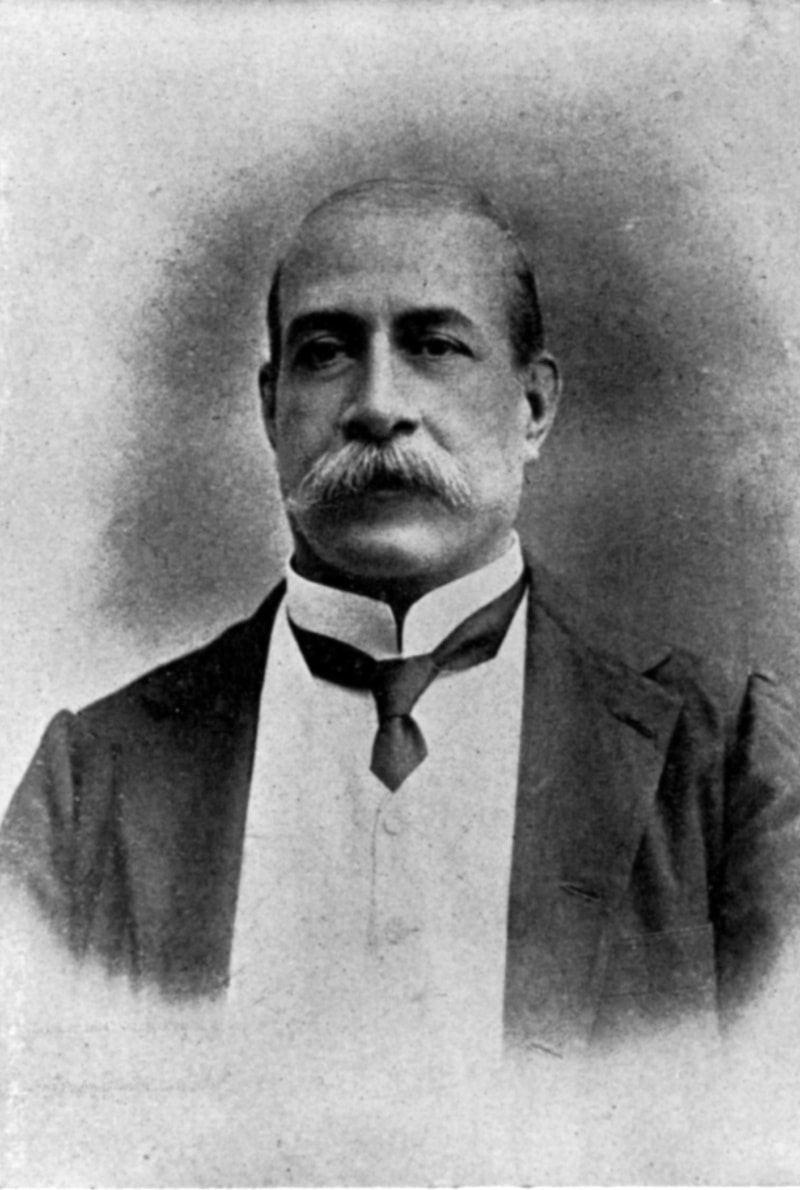Bank of India Tanzania – Overview, History, Latest and More
The Bank of India Tanzania (BOI) is a government-owned bank in India. It is owned by India’s Ministry of Finance and has its headquarters at Mumbai’s Bandra Kurla Complex. It was established in 1906 and has been held by the government since it was nationalized in 1969. BOI is one of the founding members of the Society for Worldwide Interbank Financial Telecommunications (SWIFT), which enables the supply of cost-effective communication services and financial processing.
BOI’s total business as of March 31, 2021, was 1,037,549 crore (USD 140 billion), with 5,551 ATMs and 5,108 branches across the world (inclusive of twenty-four overseas branches).
Bank of India Tanzania History
A congregation of prominent business people from Maharashtra in Mumbai, India, founded the BOI on 7 September 1906. BOI was privately operated and owned until July 19th, 1969, when the bank and thirteen other banks became nationalized.
It started with a sole office situated in Mumbai, as well as a 5 million Indian Rupees (USD 66,000) capital, and fifty staff, it has grown into a powerful company with a strong presence nationally and internationally. The bank is ranked 1st among the nationalized banks in business volume.
In India, the bank has at least 5,084 branches, including specialty branches, distributed throughout all states and union territories. A total of fifty-four zonal offices monitor these branches. A total of 60 branches, 5 subsidiaries, and 1 joint venture are located outside India.
In 1997, the bank issued its first public issue, followed by the Qualified Institutions Placement later in 2008 February.
The Present Bank
By 1906, when a heterogeneous collection of Hindus, Jews, Muslims, and Parsees, helped form the current Bank of India in Bombay, the previous holders of the name Bank of India had failed and no longer existed. Banks in India at the time were either European-owned or serviced primarily by European interests.
On September 7, 1906, the founders formed the Bank of India under 1882 Act VI, having an authorized capital of 10 million Indian Rupees (USD 130,000) split into 100,000 shares of 100 Rupees each (USD 1.30). On October 3, 1906, the founders put 55,000 shares privately and distributed 45,000 shares to the public in an initial public offering (IPO); the bank began operations on November 1, 1906.
Sir Sassoon David (1849 to 1926) was BOI’s main promoter. He belonged to the Sassoon family, who themselves belonged to a Baghdadi Jewish community found in Bombay reputed for its social services. Sir David lived as a cautious banker, serving as the bank’s CEO from its inception in 1906 until 1926 when he passed away.

The maiden board of directors included Sir David Sassoon, Sir Jehangir Cowasjee, J. Jehangir Cowasjee, Sir Leigh Croft Fredrick, Ratanjee Tata Dadabhoy, Gordhandas Khattau, Samaldas Lalubhai, Khiasey Khetsety, Ramnarain Hurnundrai, Dani Jenarrayen Hindoomull, and Ebrahim Noordin.
The Bank of India Tanzania signed a deal with the Stock Exchange of Bombay to handle its clearing house in 1921.
BoI’s foreign development started in 1946, making it the 1st Indian bank to establish a London branch. It also became the 1st Indian bank to create a branch abroad after WWII.
Boi opened several overseas branches in the 1950s, in Osaka and Tokyo in 1950, Singapore (1951), Uganda and Kenya (1953), Aden in 1954 or 1953, and Tanganyika (1955).
Following a brief break, BoI resumed international development in 1960, when a branch was created in Hong Kong. In 1962, a branch was established in Nigeria.
Then there were nationalizations both at home and overseas. In 1967, the Tanzanian government nationalized BoI’s activities and merged them with Bank of Baroda operations and numerous other international banks into the National Commercial Bank owned by the government. The Indian government nationalized the top 14 banks, BOI included, in 1969. BoI’s Aden branch was nationalized by the People’s Republic of Yemen that same year, while the governments of Nigeria and Uganda compelled the Bank of India to incorporate its existing branches in those countries. The following year, the Southern Yemen National Bank merged BoI’s Yemen branch with all of Yemen’s other banks to form the National Bank of Yemen. The Bank of India (BoI) was the sole Indian bank present in the nation at the time.
The Bank of Baroda in 1972. The following year, BoI created a representative office in Jakarta.
BoI created another branch in Paris in 1974. It was the 1st Indian bank branch in Europe.
The government of Nigeria bought 60 percent of the Bank of India’s stock in 1976. (Nigeria).
BoI established a branch in New York in 1978. In the 1970s, BoI also established a presence in San Francisco.
To reflect that it was not a BOI subsidiary anymore, the Bank of India (Nigeria) changed and renamed itself Allied Bank of Nigeria in 1980.
In a rescue transaction in 1986, BoI purchased Parur Central Bank of Ernakulam District in Kerala State. Parur Central Bank was established in 1930 and had 51 branches when it collapsed. In 1990, the Bank of India merged with the Parur Central Bank.
The following year, in 1987, the BoI took over the three branches of the Central Bank of India in the United Kingdom (CBI). The Reserve Bank of India ordered the CBI to shift its branches after it was involved in the Sethia scam and default.
- BoI established a representative office in Shenzhen in 2003.
- BoI established a Vietnam representative office in 2005.
- In 2006, the BoI intends to convert the Vietnam and Shenzen representative offices to its branches, as well as build representative offices in Johannesburg, Beijing, and Doha. Furthermore, BoI intends to open a branch in Antwerp as well as a subsidiary bank in Dar-es-Salaam, marking the company’s return to Tanzania as the Bank of India Tanzania following a 37-year absence.
Bank of India Tanzania Ltd bought 76 percent of PT Bank Swadesi, an Indonesian bank, in 2007.
On 6th October 2011, BoI established Bank of India Ltd (New Zealand)., a fully owned subsidiary bank in Auckland in New Zealand. On 18th June 2012, BoI opened Bank of India Ltd (Uganda), a fully owned subsidiary. On 9th August 2013, BoI established Bank of India Ltd (Botswana), a fully–owned subsidiary.
Bank of India Tanzania Latest
BOI’s board of directors is exploring the option of merging with some other banks on the basis of synergies in their businesses. On 17th September 2017, CEO and managing director Dinabandhu Mohapatra said that BOI is working on improving its procedures and systems before looking into merger options.
Post Nationalization CMDs
- Damodardas Tribhovondas Kansara (1969 to 1970)
- N Saxena (1970 to 1975)
- P Shah (1975 to 1977)
- C Sarkar (1977 to 1980)
- N Vaghul (1981 to 1984)
- Tiwari (1984 to 1986)
- Srinivasan (1987 to 1991)
- S Dahotre (1992 to 1995)
- Kathuria (1995 to 1997)
- G Bhide (1997 to 1998)
- S Rajagopal (1998 to 2000)
- V. Krishnamurthy (2000 to 2003)
- Venugopalan (2003 to 2005)
- M Balachandran (2005 to 2007)
- S. Narayanswami (2007 to 2009)
- Alok Kumar Misra (2009 to 2012)
- Ms. V.R.lyer (2012 to 2015)
- P.Sharma [CEO, MD, and Executive Director] (2015 to 2015)
- Melwyn Rego [CEO and MD] (2015 to 2017)
- Dinabandhu Mohapatra [CEO and MD] (2017 to 2019)
- Kumar Atanu Das (2019 to Now)
For more articles related to Financial Services in Tanzania, click here!































